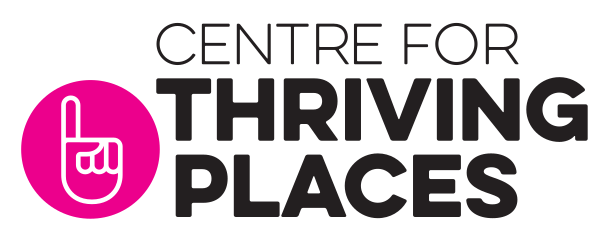This week the Office for National Statistics published its Local Wellbeing results for 2016-17, including a review of trends in wellbeing since the UK’s then prime minister David Cameron famously announced the need to measure the nation’s happiness back in 2010. He said: “Improving our society’s sense of wellbeing is, I believe, the central political challenge of our times.”
While we have seen a less that encouraging move away from that commitment to ‘focus not just on GDP but on wellbeing’, the UK is at least leading the way in a consistent improvement in our capacity, nationally and locally to measure the conditions for wellbeing, and the reality of people’s experienced lives in our towns and cities.
The ONS results show a slight increase in happiness and life satisfaction in the past 12 months nationwide, and these figures can provide a starting point for understanding how wellbeing is changing in aggregate across a local authority over time. But to really get under the skin of what conditions create wellbeing at a local level, and what the barriers are to a more equitable and sustainable approach to improving wellbeing, a growing number of UK local authorities are turning to Happy City for support.
The tools Happy City has developed, and our work with local authorities, show what is needed to move on from the overall trend data to understand differences in wellbeing within the regions, and what’s driving those different experiences of life.
Our recent work with ONS, Public Health England and the What Works Centre for Wellbeing to create guidance for local policy makers on how to use local wellbeing indicators, has also helped us refine the Happy City Index to ensure it remains the gold standard for local governments interested in really understanding the conditions for equitable wellbeing for current and future generations.
The most far-sighted of those are aiming to use wellbeing as an over-arching framework for decision-making, one capable of challenging GDP as an end goal. Such regions are also using Happy City’s Happiness Pulse tool to take the heartbeat of highly localised communities, and put resources where they are most needed and more likely to deliver real improvements in people’s lives.
So while the data shows that overall national wellbeing has remained largely steady over the past few years, when you dig under the headline figures there is much to learn and gain. There is a strong correlation between happiness and improving health, education, environmental improvements and reductions in inequality and crime.
Plus, usefully, that correlation is two-way – happier people and populations learn better, work more productively, creatively and collaboratively; they are healthier, less likely to be violent or act criminally and less likely to find solace in unhealthy and unsustainable consumption patterns.
Improving society and solving major social problems makes people happy, AND making people happy improves society and substantially reduces many social problems. Now that’s a goal worth aiming towards.
Liz Zeidler, chief executive, Happy City
Photo by Brett Jordan on Unsplash



Comments are closed.